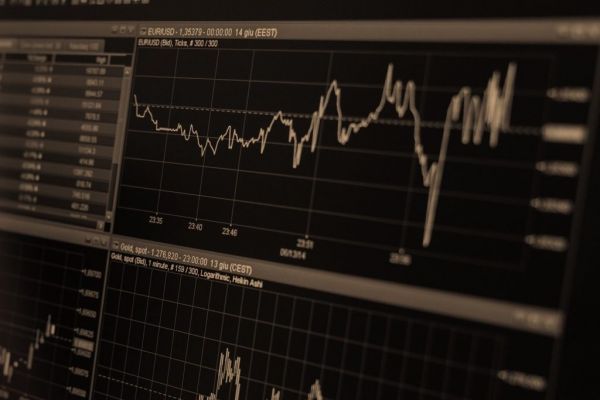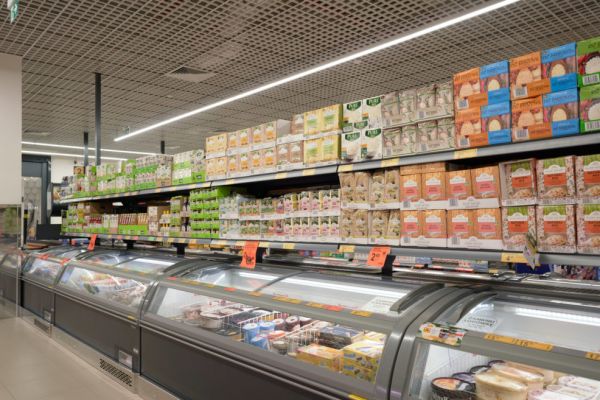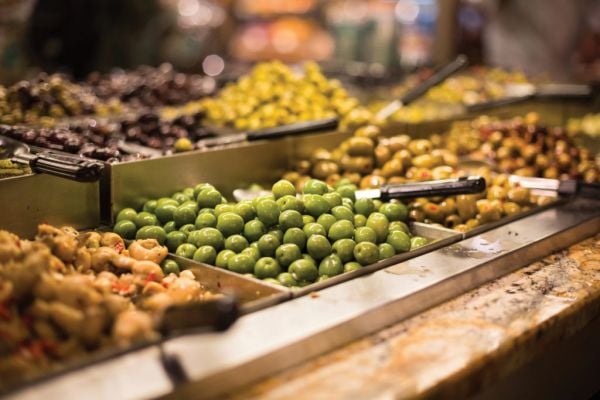With the results season for the European food and HPC sector under way, Barclays has analysed four key questions investors are asking about the current health of the sector.
As they state, there is 'much nervousness' on the topic of volumes – while volumes 'held up well' for much of 2022, there is now an expectation that some volume elasticity will take place.
Elsewhere, investors are also seeking to understand the impact of SKU rationalisation and potential destocking, which has been called out by several companies, including P&G.
Barclays has sought to address four key investor questions surrounding consumer staples:
1. When will pricing peak and how quickly does it rollover?
As Barclays notes, some 18 months ago, investors were questioning whether consumer staples had the pricing power to offset inflation. The answer was yes, and average pricing has increased from 2.4% in Q1 2021 to 10.6% in Q3 2022 (it is expected to revert back to 4.0% by the end of 2023).
Incremental pricing plans have been discussed in recent conference calls, and more pricing is expected in Europe, albeit with the spectre of delisting on the horizon. For example, Mondelez International is planning another round of pricing, even with the risk of delistings from retailers.
"The big pricing question is what happens to pricing in H2-23 and whether suppliers need to be prepared for deflation and potentially even more aggression from retailers in their desire to pass back lower prices in the same way they had to swallow pricing on the way up," writes Barclays analyst Warren Ackerman.
"Retailers will be armed with detailed analysis and in some cases ‘open books’ which will potentially be a powerful tool to push for lower pricing or at the very minimum more promotional support."
2. How much more volume elasticity should we expect?
As Barclays notes, in the long term, it expects volume elasticity to be in the region of 0.3x-0.4x, meaning a 10% price increase leads to a 3% to 4% volume reduction. During 2022, volume elasticity was in the 0.1-0.2x range.
Companies expect elasticities to return to the lower end of the 0.3x-0.4x range, but many factors such as private label competition, company category, and geographic footprint affect this, it notes.
Energy, food, and mortgage costs are affecting some regions, particularly in Europe, where volumes could disappoint due to greater volume elasticity from pricing.
3. Can margins get back to pre-inflation levels?
Barclays states that gross margins will continue to recover faster than the market estimates.
"As pricing continues to move higher, we are getting close to a tipping point where inflation is starting to be fully covered," says Ackerman. "This should translate into potentially rapid gross margin rebuild."
The FAO food index recently reported its tenth consecutive monthly decline, but it will still take a few months for the lower prices to affect the cost base, says Barclays.
So far in this results season, several companies are seeing year-on-year gross margin improvements, while others are still seeing declines.
"This is also a big debate raging about the level of inflation for 2023," Ackerman adds. "Many investors see commodity costs rolling over and expect much lower headwinds this year vs 2022.
"Some believe that companies are exaggerating or being overly prudent about the extent of inflation in 2023 to either provide cover to take more pricing when negotiating with retailers."
4. Where is promotional spend picking up?
As Barclays notes, a number of firms are planning to increase promotional spend where it is ROI positive and drives customer traffic – recently, promotional spend has been depressed due to COVID-19 and supply chain disruption.
"There is no point promoting if you can’t guarantee supply," says Ackerman. "However as capacity expansions come on stream and disruption eases we would expect to see a pickup in promotional activity especially in areas where there is more volume elasticity or where consumers are starting to trade down."
The risk is that targeted promotions become more widespread as manufacturers compete against a tougher consumer backdrop, Barclays adds.
© 2023 European Supermarket Magazine – your source for the latest A-Brands news. Article by Stephen Wynne-Jones. Click subscribe to sign up to ESM: European Supermarket Magazine.














